CONTROL
17 Nov 2025
THE AUSTRALIAN BALLET’S PRISM
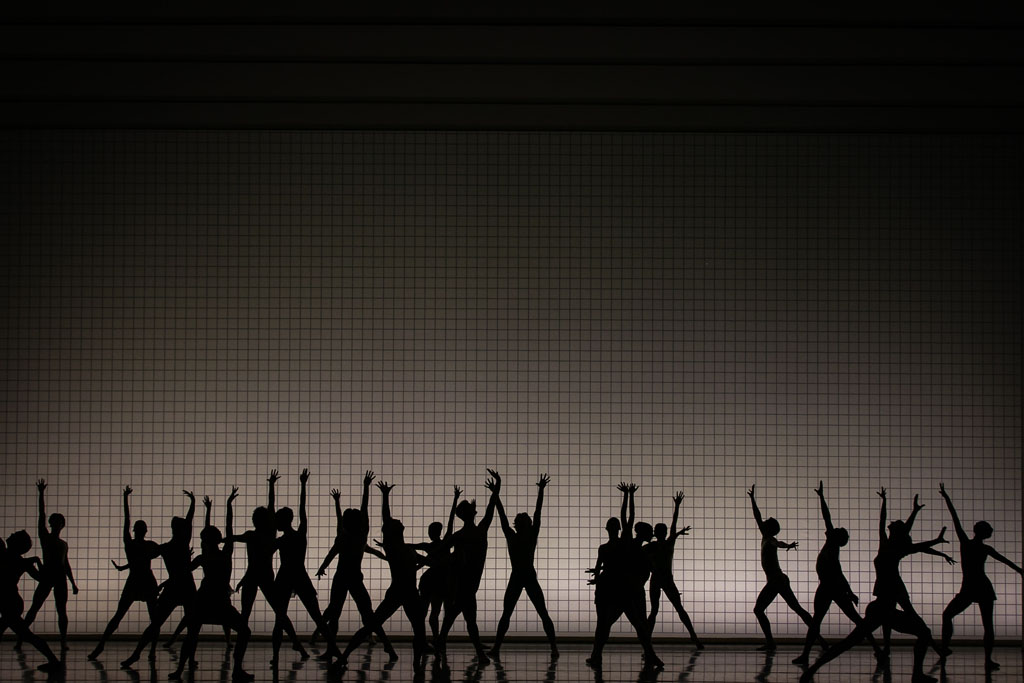
Subscribe to CX E-News
Taking Control with Macula
The Australian Ballet opened their recent season at Melbourne’s Regent Theatre with Prism, a triple bill of contemporary dance by renowned choreographers William Forsythe, Jerome Robbins and Stephanie Lake. While followspots are part and parcel of any ballet season, Prism employed remote followspot technology, using three Macula Remote Followspot systems.
Instead of operators steering traditional lamps, three NDI cameras were mounted onto moving-head fixtures – Martin Mac Viper XIPs – rigged on onstage LX bars. The camera feeds were delivered via Ethernet to the Macula operator stations, giving each operator a real-time view of the stage. A separate Ethernet connection carried the control data via sACN, running between the lighting console, the Macula controller, and the fixtures. This data was then converted back to DMX through conventional DMX nodes. In this way, regardless of how many Universes the show required, the system could be scaled without the need for physical DMX ports on the Macula unit itself. Resolution X supplied a full Luminex switch and node package, utilising multiple VLANs for NDI feeds and control over sACN.
Macula systems can operate in two modes. In direct mode, the operator has full control over all fixture parameters. In integrated mode (as used for Prism), some parameters are controlled by the operator – pan and tilt of course, are the bread and butter of following a target – while the console retains control of others, such as colour. Precedence for each attribute is determined assigning HTP and LTP values, and the DMX streams from console and operator are merged into a single output to the fixture. Each Macula system is typically assigned its own Universe to prevent confusion or data clashes. Setting up such an intelligent system naturally involves more troubleshooting than simply plugging in a conventional followspot, but once the Macula rigs were up and running, they operated fault-free throughout the season.

The decision to use a remote system was design based. Traditionally, followspot positions are front of house, high above and behind the rear balcony seating. Having the remote spots rigging close to the orchestra truss position allowed the dancers to be lit from a steep angle as opposed to the more traditional angle. This was particularly important for ‘Facades’, one movement of the Forsythe piece – which featured a pas de deux downstage of a line of dancers backlit in silhouette.

A similar approach was attempted in the ballet’s 2024 season of Oscar, where the Macula system was paired with a larger moving-head. While that fixture was chosen for its bright output, its slower responsiveness created a noticeable lag between operator input and the light’s movements. As a result, the remote setup was abandoned in favour of traditional spots shortly before opening night.
Going into this season, The Australian Ballet’s technical department were keen to learn and succeed. Prior to bump in they conducted a shoot-out at their Production Centre. The dimensions of the Regent’s stage were taped to the floor and a truss flown to height. A combination of different remote spot systems and moving heads all trialled. The Macula system was chosen both for its superior responsiveness to other systems on offer and also ergonomics. Once it was decided to use Macula, another shoot-out took place at the ResX warehouse where various moving heads were trialled. Both the MAC Viper XIP and MAC Ultra Performance were adept at following the target, with the Viper XIP eventually selected.
Each operator system is set up with a screen displaying the onstage feed and two handlebars. Each handlebar features a fader that can be programmed to control any parameter, and switching between parameters on the faders is easy to do during a show.




For Prism, operators used intensity on one fader and iris on the other. One handlebar also features a small control panel with fifteen buttons that can be programmed as presets. For instance, a fade up time could be programmed so all lights come up at the exact time, or a difficult or precise pick up at the top of the scene could be recorded as a position preset. Given a programmed lighting position succeeding relies on a performer being on their marks, as a seasoned dome op myself I would always choose to find my targets, as is my skillset. Especially given a major asset of the Macula system is the infrared camera that allows the operator visibility onstage during a blackout.
Operators on Prism were positive overall about Macula, especially in regard to ergonomics. Given Macula screens were able to be adjusted to each operator’s preferred height and angle and the position of the handlebars easily adjusted, nobody finished the season with a crooked neck or shoulders. The Macula’s flexibility with adjusting the tracking speed meant each operator could adjust their station to their desired settings. The position of the cameras onstage allowed for visibility into the wings, which made pick-ups on entrances smoother. Unlike some of the more hefty, traditional lamps, the Macula system did not heat up and create temperature control issues in the dome room.
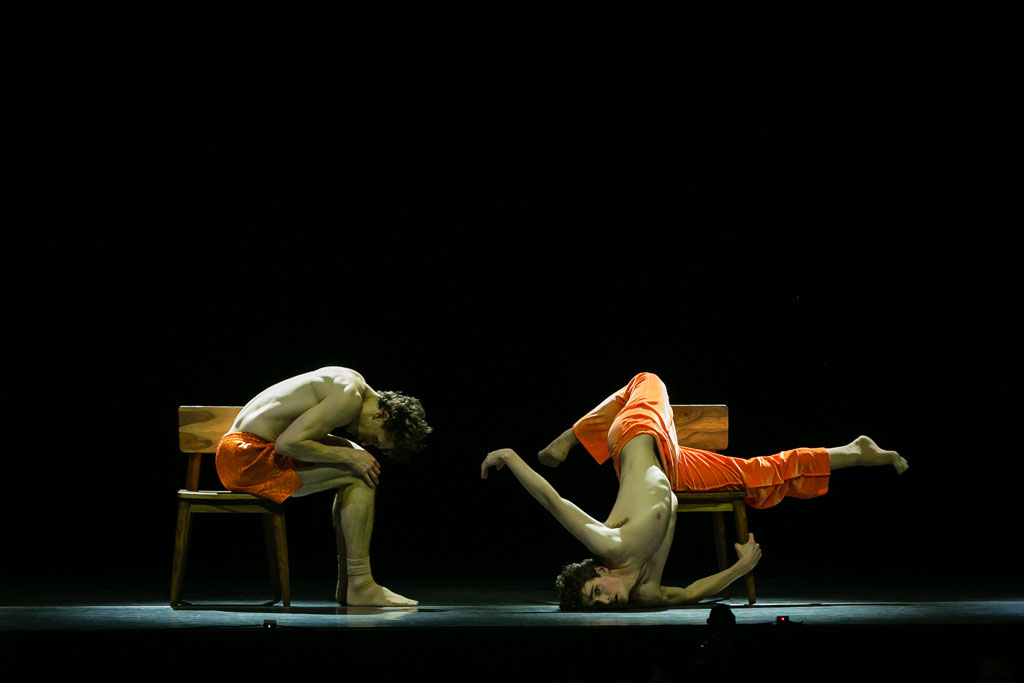

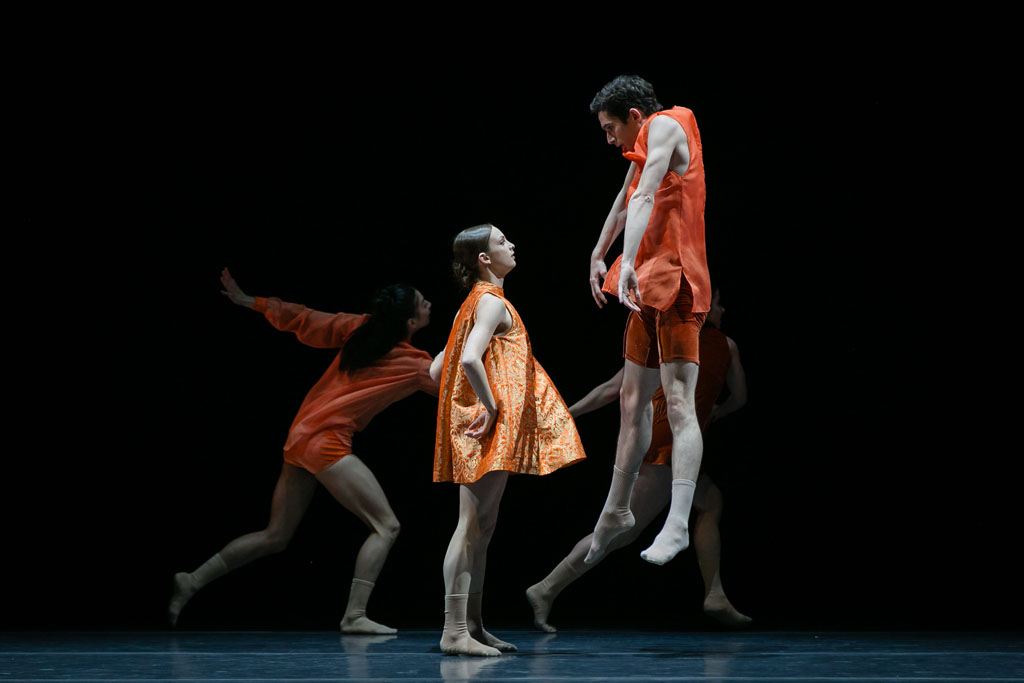
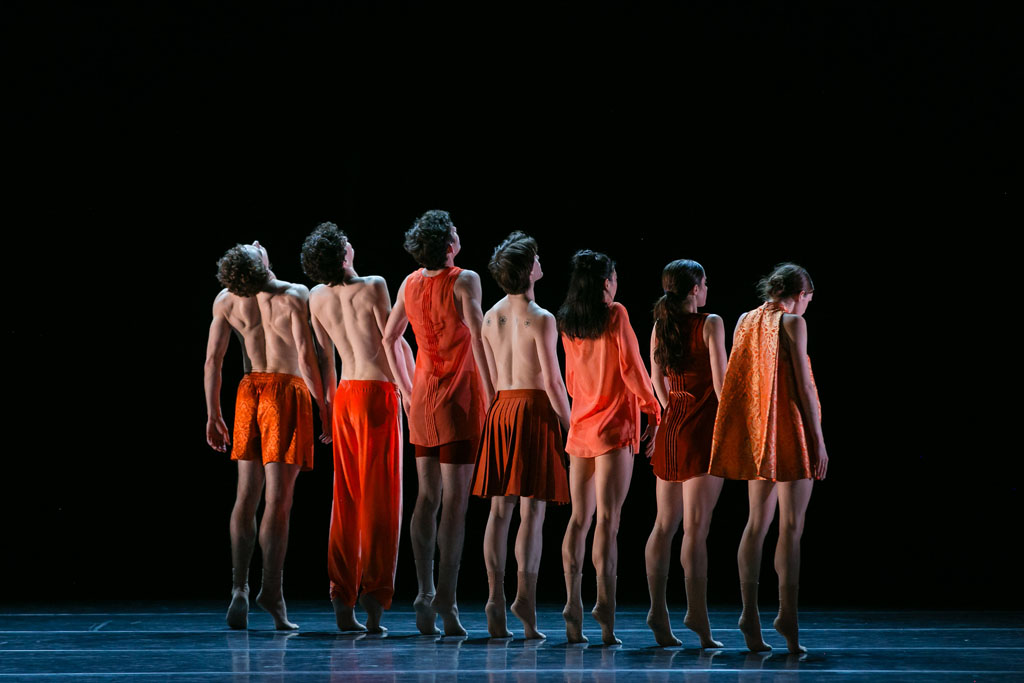
Apart from what they could see on their screens, operators had no direct view of the stage during the season, which required some adjustment. Not wanting to rely solely on the camera feed to judge their levels, as the feed may not exactly match what was happening in reality, operators had to read the percentage values of their lights when moving together or apart in pas de deux. This was not always easy when also trying to follow a target, so any assistance from the board op, who did have a view of the stage, was valuable. The overhead camera angle, viewing the show from above rather than as the audience saw it, also meant operators never fully realised the end result of their work.
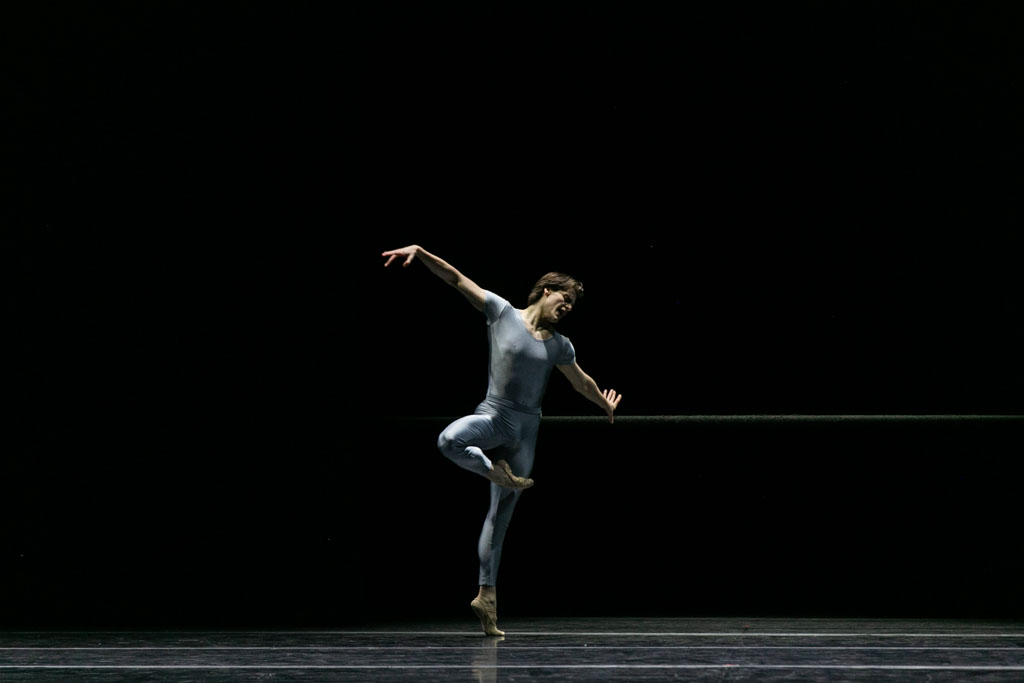
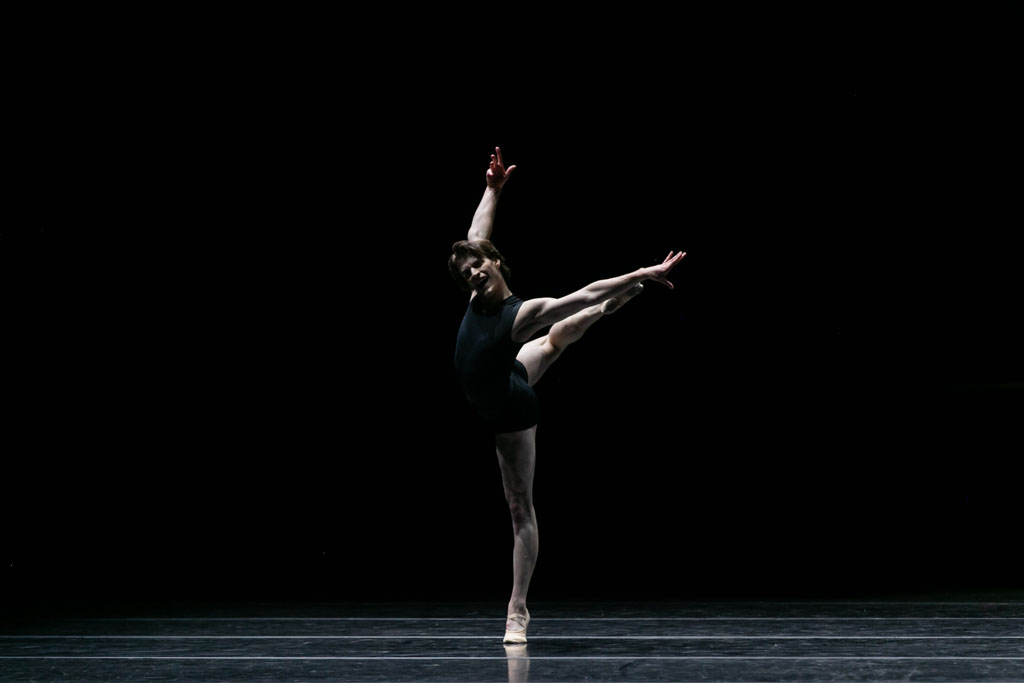
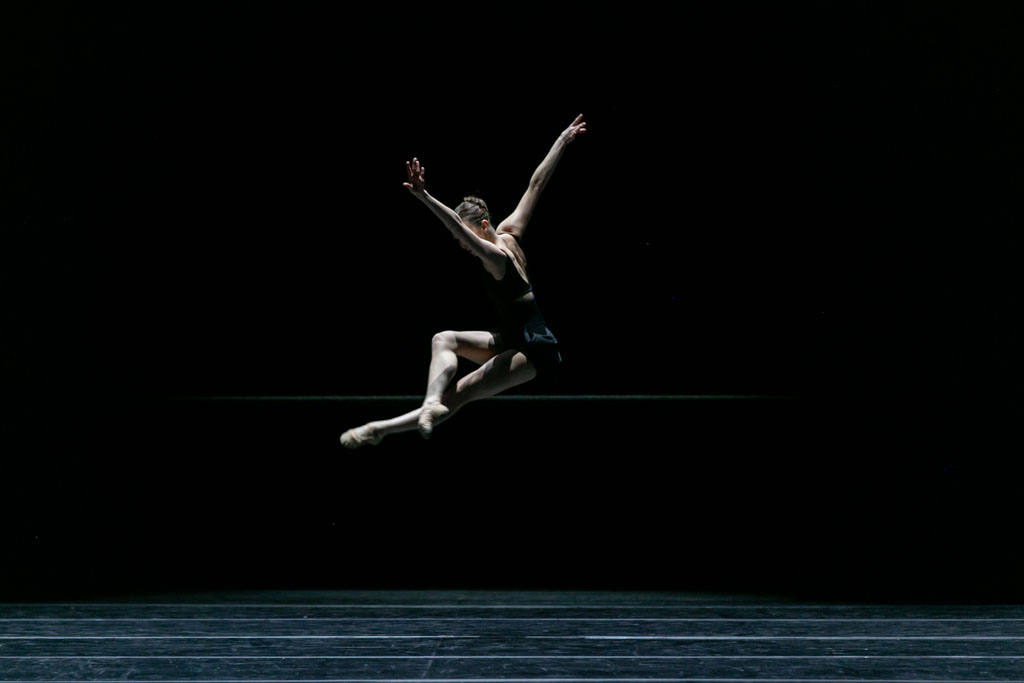
Remote followspotting may never replace the dome entirely, but Prism showed that the technology is ready for centre stage.
—
Main Pic: Glass Pieces. Photo Credit: Kate Longley
Subscribe
Published monthly since 1991, our famous AV industry magazine is free for download or pay for print. Subscribers also receive CX News, our free weekly email with the latest industry news and jobs.






